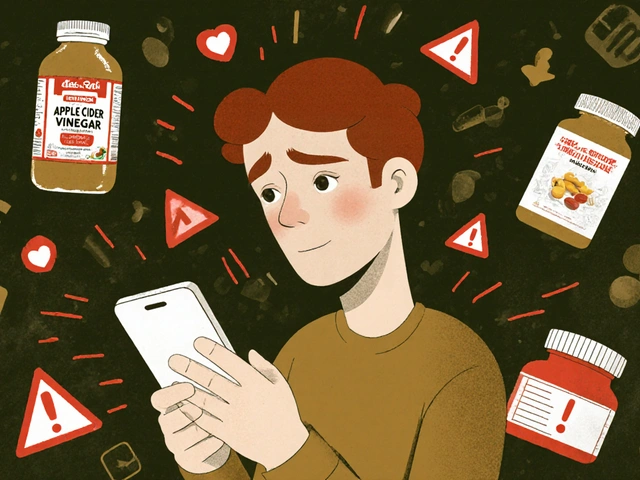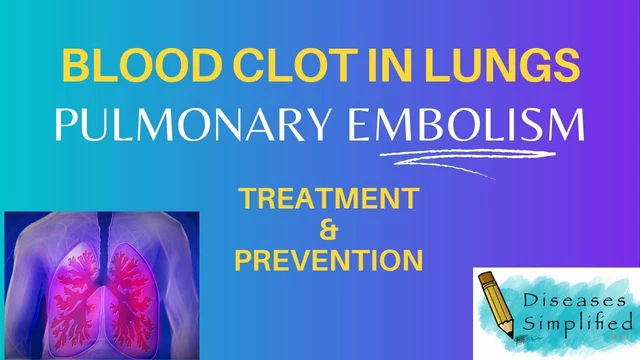Adolescent Depression Symptoms: What Every Parent and Teacher Should Know
When working with adolescent depression symptoms, the set of emotional, behavioral, and physical signs that indicate a teen is battling a mood disorder. Also known as teen depression signs, it signals a deeper issue that often goes unnoticed because youths mask their struggles. Understanding Depression, a persistent low mood that interferes with daily functioning in the context of Adolescents, individuals aged roughly 10‑19 navigating rapid physical and social changes is essential. Adolescent depression symptoms encompass emotional cues like hopelessness, irritability, and crying spells; behavioral cues such as social withdrawal, declining grades, and risky substance use; and physical cues like changes in sleep, appetite, or unexplained aches. Mental health, the state of emotional and psychological well‑being professionals say early detection relies on noticing these intertwined signals. The first semantic triple: Adolescent depression symptoms encompass emotional, behavioral, and physical signs. The second: Understanding Depression helps interpret Adolescents' mood changes. The third: Mental health support influences recovery outcomes. By framing the issue this way, you can spot patterns before they spiral.
Why These Signs Matter and How They Connect
Every teenager expresses stress differently, but the overlap between emotional turmoil and physical discomfort creates a reliable fingerprint for clinicians. For example, persistent fatigue often pairs with loss of interest in hobbies, forming a symptom cluster that predicts deeper mood issues. The fourth semantic triple: Physical fatigue combined with loss of interest signals heightened risk of Depression. Moreover, peer pressure and academic expectations amplify the risk, making school counselors pivotal in the detection chain. When adolescents start skipping meals or pulling all‑night study sessions, it's not just a habit—it’s a red flag that ties back to underlying mood instability. Recognizing these links helps parents and teachers ask the right questions: “How are you feeling about school?” or “Are you getting enough sleep?” These open‑ended prompts bridge the gap between observation and conversation, fostering a supportive environment.
Finally, the collection of articles below dives deeper into each facet of teen mood disorders. You’ll find practical tips for managing anxiety that often co‑exists with depression, guidance on distinguishing normal teenage mood swings from clinical signs, and evidence‑based strategies for seeking professional help. Whether you’re a caregiver, educator, or a teen curious about your own experiences, the resources ahead translate the concepts we’ve outlined into actionable steps. Armed with this knowledge, you can move from noticing a symptom to taking informed action, improving the odds of a healthier future for the young people in your life.

- Oct 2, 2025
- Posted by Cillian Osterfield
How to Spot Early Warning Signs of Depressive Disorder in Teens
Learn to identify early warning signs of depressive disorder in teens, differentiate from normal mood swings, and take actionable steps to get help.
Categories
- Health and Wellness (61)
- Medications (45)
- Health and Medicine (22)
- Pharmacy Services (11)
- Mental Health (5)
- Health and Career (2)
- Medical Research (2)
- Business and Finance (2)
- Health Information (2)
Latest Posts
©2025 heydoctor.su. All rights reserved





